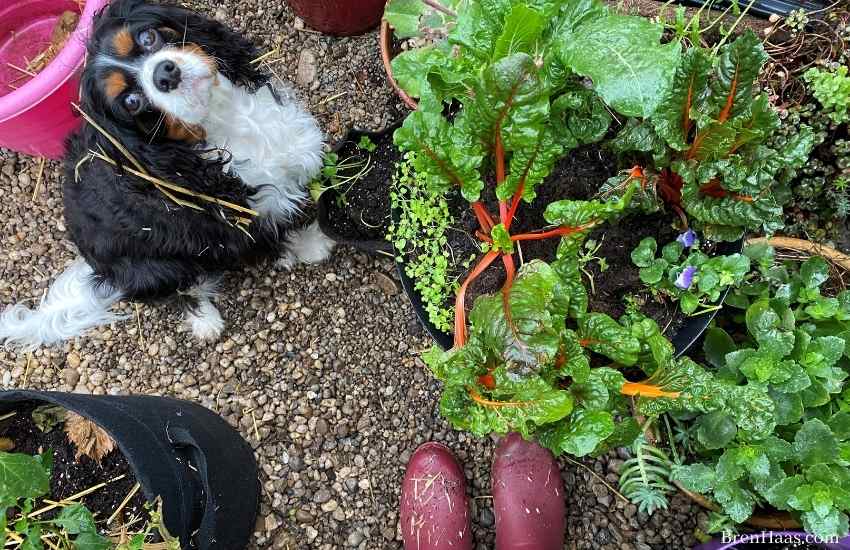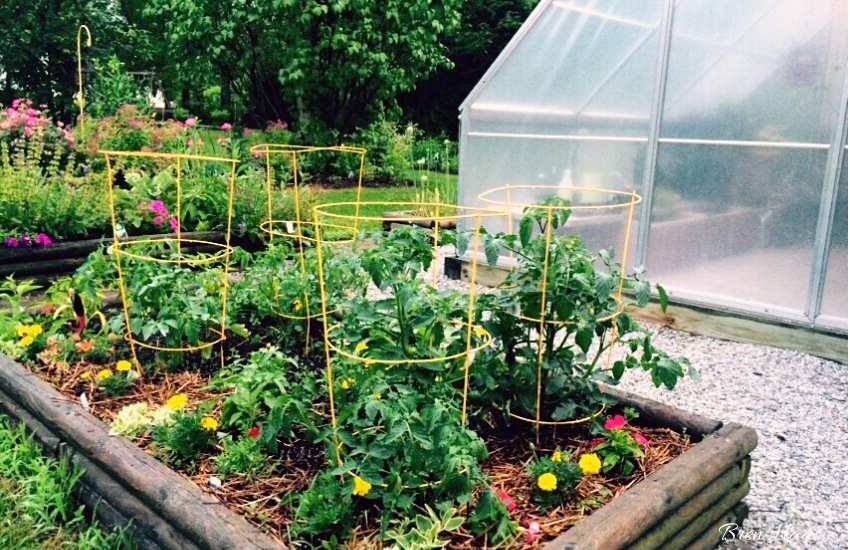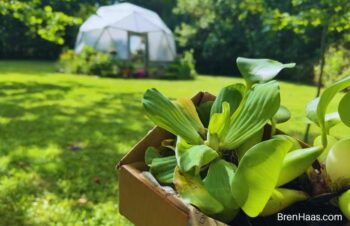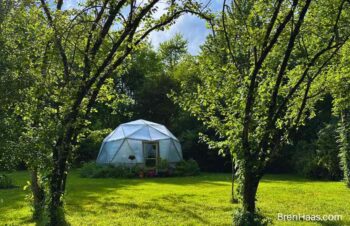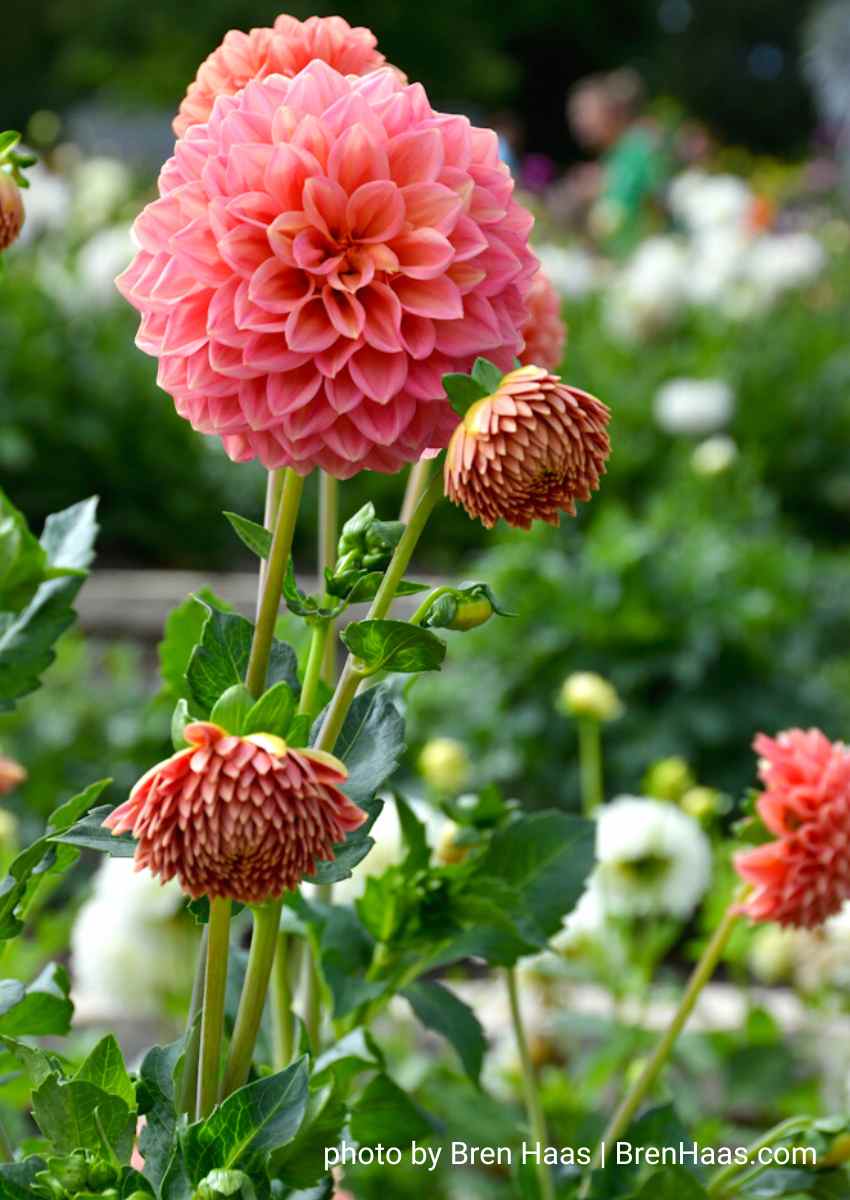
Salvia officinalis, commonly known as culinary sage, garden sage, or common garden sage, is an aromatic, woody perennial shrub. It thrives in hardiness zones 4-10. In this video, I’m excited to show you how my sage looks at this time of year, both in the raised bed and integrated into the landscape.
About Sage (Salvia Officinalis)
The plant can reach up to 2 1/2 feet in height, although there are many compact varieties available. My own Salvia has been flourishing in a raised bed for over a decade. A portion of it was transplanted into the landscape last year when we constructed new raised beds, with a small part remaining in the original spot. Both sections have survived and are thriving. I’m contemplating relocating the sage from my raised bed to free up space for other herbs, especially since it’s prospering in the landscape and about to bloom.
One major consideration for keeping the plant elevated is the local cats that wander through my garden; I’m concerned they might use it as a marking spot. However, I’ve surrounded the sage with daylilies and other shrubs, which may offer some protection. Plus, it looks stunning alongside these companion plants.

Final Thoughts on Sage
I recommend considering the addition of this herb to your home garden. It is a gorgeous plant from the early stages of the garden that both you and the pollinators will appreciate. The fresh leaves persist well into the frost, allowing you to incorporate them into your Thanksgiving recipes with ease. Here are some of my posts on my website about sage, which I hope you will visit and share with your friends.
Let’s Connect
In conclusion, I would appreciate your comments and feedback on the topic of sage. Should you have any inquiries about transplanting the herb or other related topics, please fill out the form below, and I will endeavor to provide answers. I am eager to respond to your comments or send an email response shortly.
Happy Gardening,



